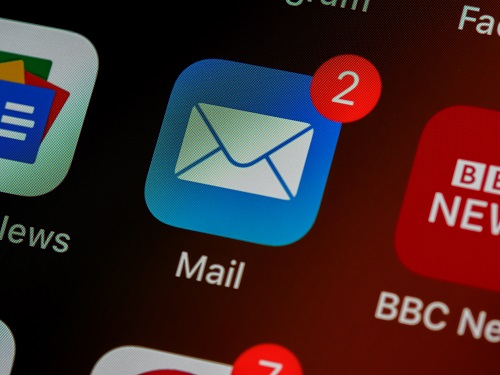Typically, E-mail Marketing is the act of sending a commercial message to a group of people, and every e-mail sent to a customer or the potential customer is considered e-mail marketing. But why go typical? E-mail marketing is used on a large platform to connect and convince their customers or potential customers. It is the most cost-effective way to run marketing campaigns, pitch for sales, or rather advertising about the product or the service offered.
With the help of effective e-mail marketing tools and strategies one can easily connect with their audience to promote your brand and increase sales, sell products, share news, and many more. E-mail marketing campaigns can be run to enhance the customer experience.
While running the campaign, it is essential to maintain an e-mail list. An E-mail list is important to build and maintain an engaged subscriber list which also ensures a high ROI. There are many ways by which can find out people who will look forward to getting your e-mails but here are some of them:
To build an email list:
- Create a signup form on your website. When people come to your website for the first time and like what they see, they’ll want a way to stay in the know about your brand. Create a form for newsletter signups and install a pop-up to collect customer data from your visitors.
- Use a good old-fashioned signup sheet. Whether it’s at your brick and mortar store, or an event that you’re hosting or attending, when you’re surrounded by people who are into what you do, provide a place for them to sign up and learn more.
- Drive signups through social media. If you don’t have a substantial email list, but you’ve got an engaged social media following, tap into that resource. Share your signup form on your social channels.
To add more subscribers to an existing list:
- Host a contest or offer a discount. Try offering a prize for some lucky new subscribers or a discount code for a first purchase.
- Make your emails easy to share. When you create beautiful, compelling emails, with a lot of valuable information people will want to share them.
- Build a landing page. Landing pages offer one more way to grow your email list. Using your best imagery and content, landing pages give people a clear call to action and drive email signups way, way up.
Here are some e-mail marketing tips to go with to run a successful e-mail marketing campaign:
- Create a plan: Before you start running a campaign, know what are you going to execute. Pre-planning is as important as the actual running of the campaign. Know your audience to have a crystal clear vision about the audience so that you know that you are pitching to the right ones. Also, making a schedule of when to create campaigns or blog posts. The frequency differs from industry to industry and also the content being posted via e-mails.
- Design E-mails: Stay focused on what are you sending and to whom. Putting your most important information or the main takeaway toward the top so people can quickly scan your email if they’re short on time.
- Testing E-mails: All e-mail clients are created differently according to their needs and interests. Be sure to check the emails on mobile devices as well as they can look different in responsive designs.
These are some of the top strategies that one can use for running effective e-mail marketing. E-mail marketing can be automated as well. How? Let’s have a look at what exactly e-mail marketing automation is.
Automated email marketing takes all of the information you have on your customers and keeps it organized so that when you send messages to your customer base, the emails are targeted according to the collected data. The software helps you create personalized emails to reach the right audience with the best message for them at the perfect time. You can connect all your analytics with an email marketing platform to target your audience based on buyer preferences, previous purchases, customer behavior, and more. Importantly, automated emails are used for many different purposes. For example, you can use automation for:
- Welcome emails
- Transactional emails
- Promotional sales emails
- Blog updates
- Invites and reminders
- Upselling emails
- Automated Thank You email
- Emails targeted to specific customers based on dates such as birthdays and holidays.
There are different ways to use a single platform. It can increase your ROI, as well as businesses with a low marketing budget, can easily go with this marketing platform and get potential customers. This strategy also keeps your existing customer engaged with your business.











